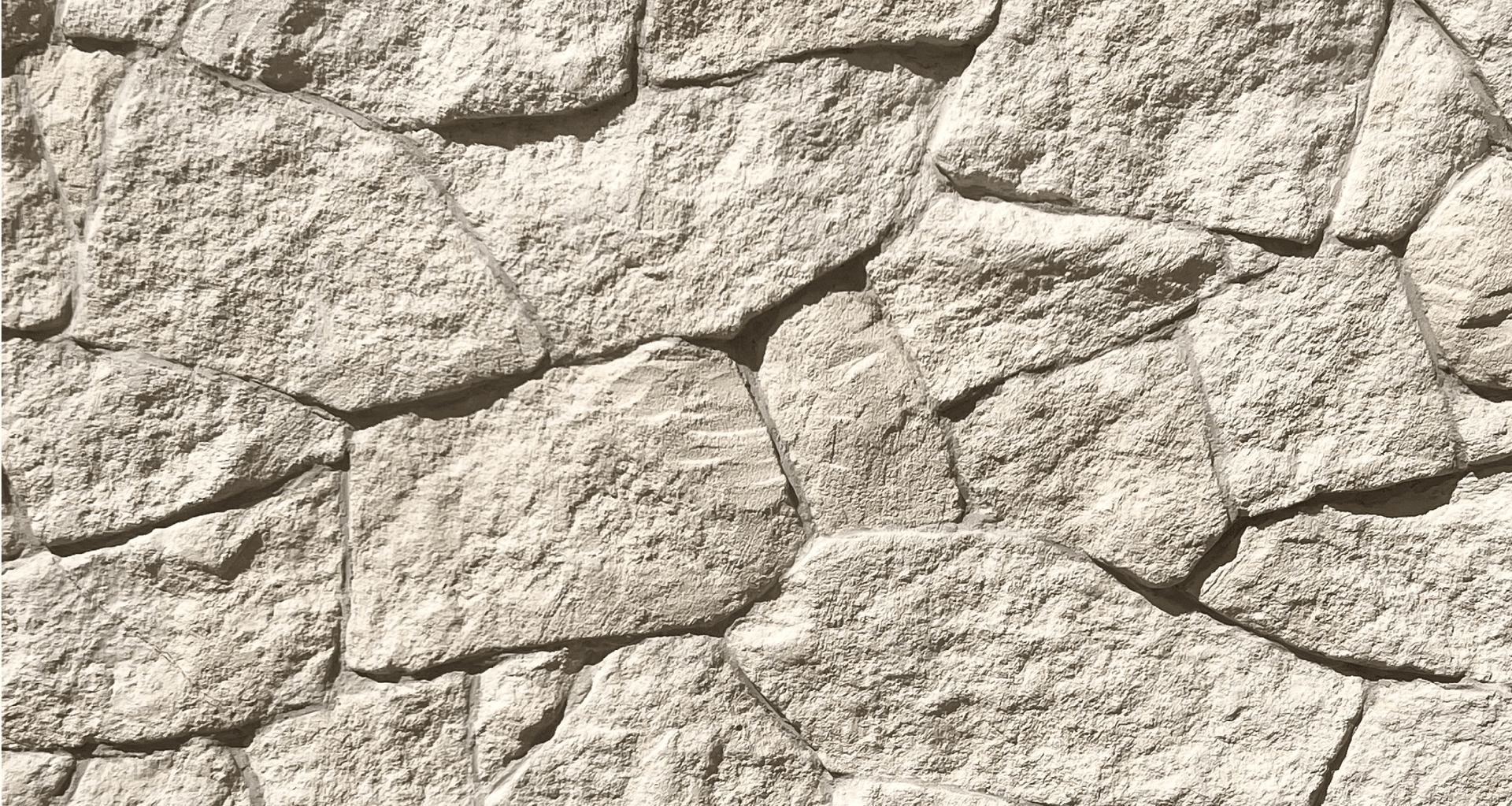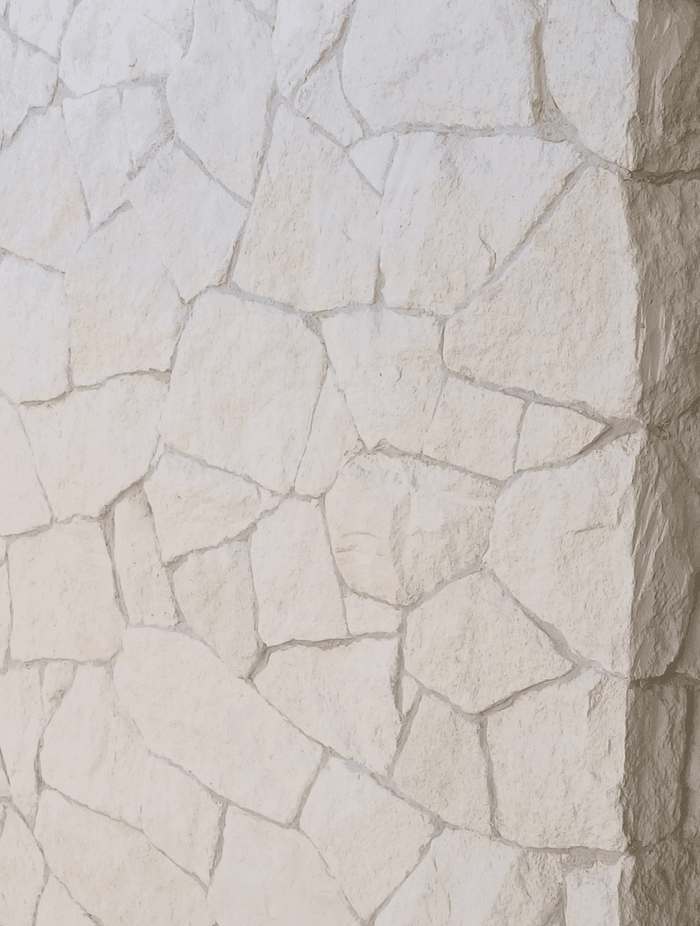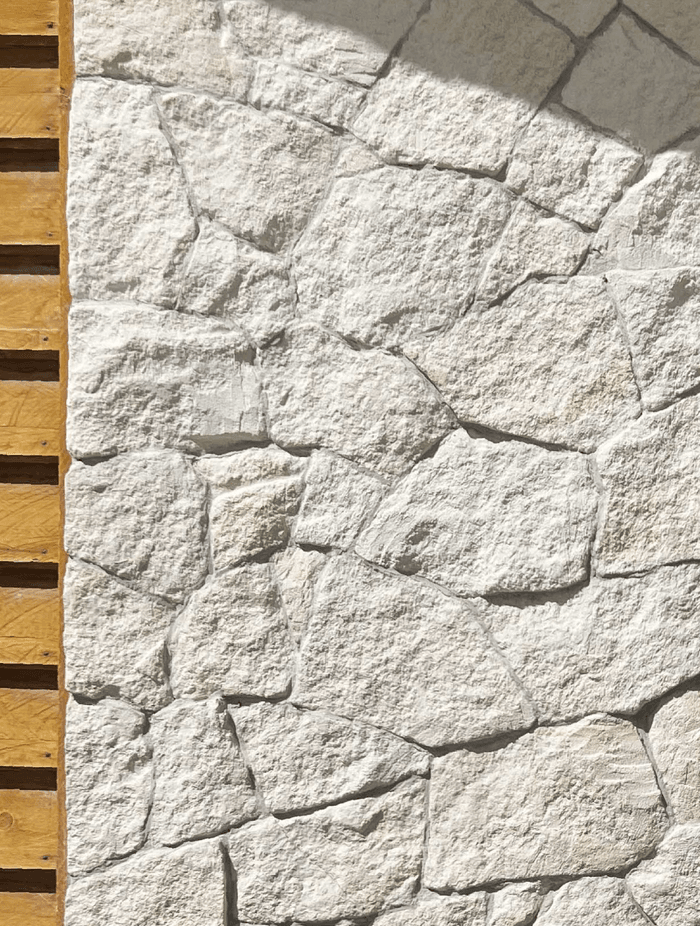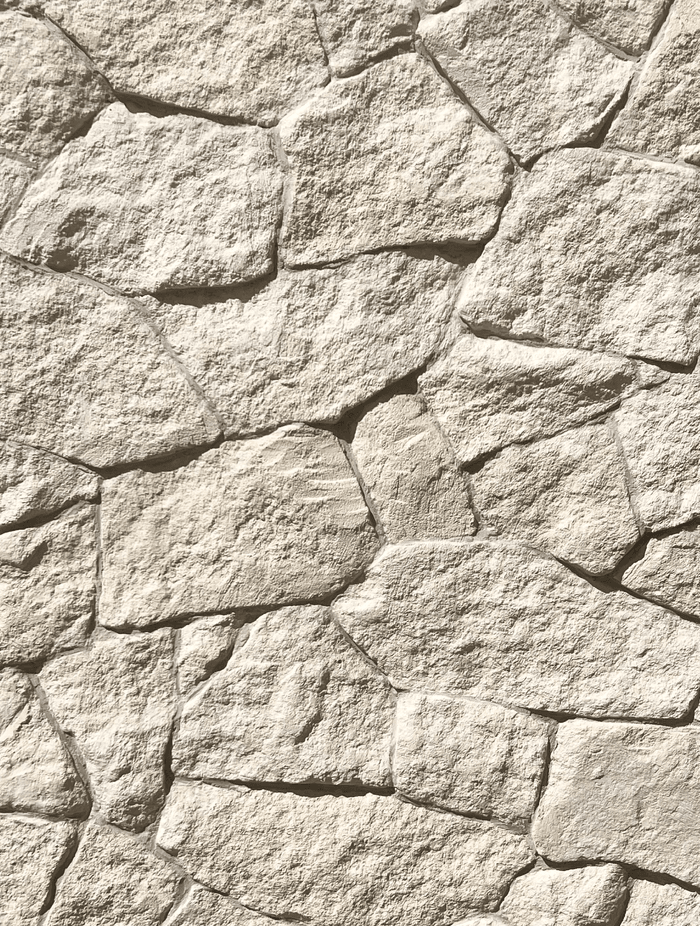Is the popularity of the industrial aesthetic declining?


For many years, the industrial aesthetic has dominated the design scene, becoming the preferred choice for trendsetting bars, modern kitchens, and urban living spaces worldwide.
Originating in the early 2000s, this style was intentionally cultivated by forward-thinking designers aiming to repurpose old, yet architecturally sound, warehouses and factories in city centres. Their goal was to preserve the original utilitarian charm of these buildings while transforming them into attractive living spaces. To achieve this, designers embraced elements like raw steel, visible piping, exposed brick, and unfinished concrete, and paired them with bold, dark colours to forge a look that was both fashionable and practical.
This movement represented a significant departure from the less appealing design trends of the past, such as the unattractive avocado-coloured Formica of the '80s and the overused rag-rolling paint techniques of the '90s, offering a breath of fresh air to anyone with an eye for design. Moreover, the trend was praised for its eco-friendly approach of repurposing old industrial buildings into residential spaces, marking a victory for both aesthetic appeal and environmental sustainability.
However, with the majority of suitable factories already converted and new construction often occurring in more bucolic settings away from the remnants of industry, the question arises: Is the industrial style losing its appeal?
Even in New Zealand, where the industrial look was quickly embraced, there's a noticeable shift in preference towards the natural beauty and warmth of wood and stone cladding, moving away from the industrial trend of raw steel and exposed brick.


Limestone has experienced a remarkable revival in popularity over the past decade, thanks to its timeless, classical beauty. This versatile material is being used in a variety of ways, including sophisticated fireplace surrounds, rustic accent walls, naturalistic indoor flooring, and traditional outdoor paving, showcasing the broad range of applications for limestone in construction and design projects.
Oamaru Stone is at the forefront of this resurgence, offering an innovative solution that simplifies the process of incorporating the natural elegance of 100% pure, organic limestone into building projects. Their cutting-edge product, Lightweight Dry Stack Stone, combines the aesthetic appeal of limestone with practical advantages. It is exceptionally light and thin, featuring a natural, roughly-textured surface, and is designed for easy application directly onto a range of surfaces without the need for a stonemason. The stones are engineered to fit tightly together, eliminating the need for visible mortar joints and enabling the creation of the charming, rustic appearance reminiscent of early colonial architecture.
For those interested in integrating the enduring elegance of limestone into their next project, Oamaru Stone's Lightweight Dry Stack Stone offers a convenient and stylish solution.
